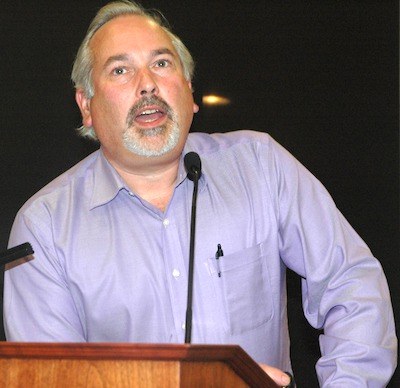ARLINGTON — A new EMS levy rate, transportation improvements in response to the Oso slide and the appointment of a new School Resource Officer were all considered by the Arlington City Council Oct. 20.
The Arlington School District agreed to pay 100 percent of the new SRO’s pay and benefits, which council member Chris Raezer touted as evidence of the strong partnership between the city and school district.
“When the financial situation was different, the city was paying for the SRO, so it’s nice that the district can pick that up now,” Raezer said.
Public Safety Director Bruce Stedman reiterated that the new SRO will work on promoting drug awareness within the schools.
The council voted unanimously to approve agreements with the county and the school district, the former for transportation improvement funds for the Darrington and Arlington communities, and the latter to provide a three-year term for the new SRO.
Public Works Director Jim Kelly explained that, of the $5 million from the Puget Sound Regional Council, $4 million would go to Darrington and $1 million would go to Arlington.
“To get access to that money faster, we gave the program to Snohomish County to administer, to take off some of the federal red tape,” Kelly said.
The specific transportation projects to be funded, and the timeline on which they’ll be carried out, will be recommended by the Stillaguamish Valley Economic Redevelopment Committee, whose members include Ellis and Arlington Mayor Barbara Tolbert.
The city sets the EMS levy rate each year to a maximum of 50 cents per $1,000 of assessed value, but no more than 1 percent of its highest collection rate.
The actual property tax levy for 2014 was $908,157, and if approved by the council, the new rate would increase the levy amount by $12,210.12 in 2015.
This would represent a 1.3 percent increase between 2014 and 2015. However, because 2014’s collection rate was lower than that of 2012, during which the actual levy was $911,000, it would still fall within that 1 percent limit.
Community & Economic Development Director Paul Ellis explained that the 2015 collection rate cannot be more than 1 percent higher than 2012, but the 2016 levy can be 1 percent higher than 2015.
The council is set to vote on this issue Monday, Nov. 17.







